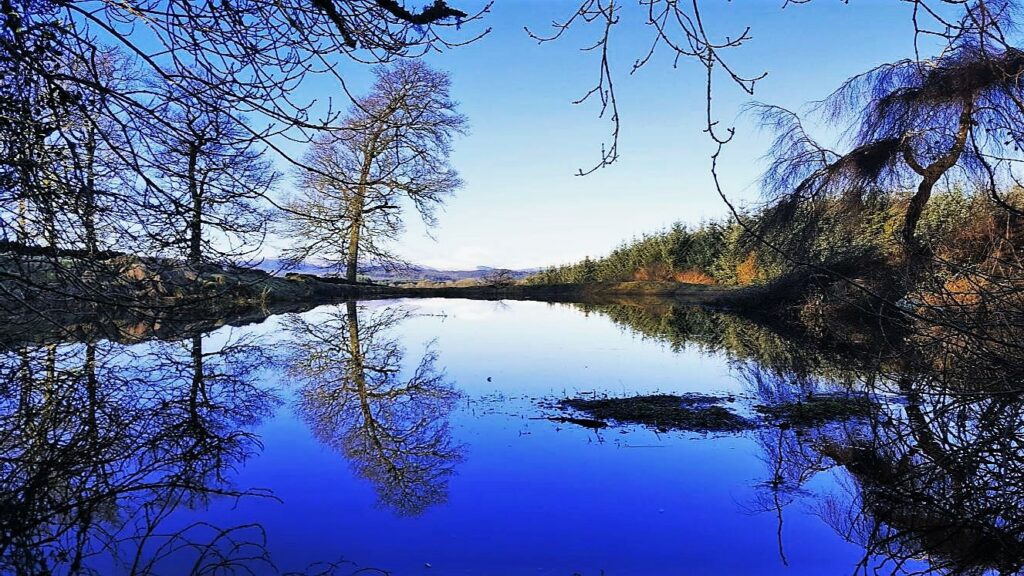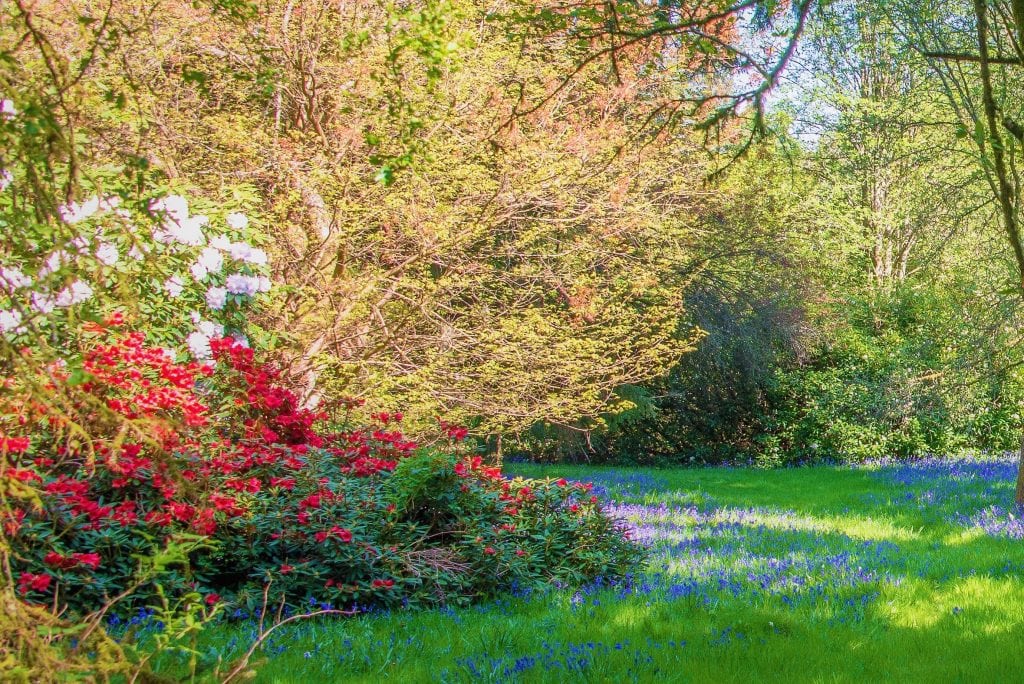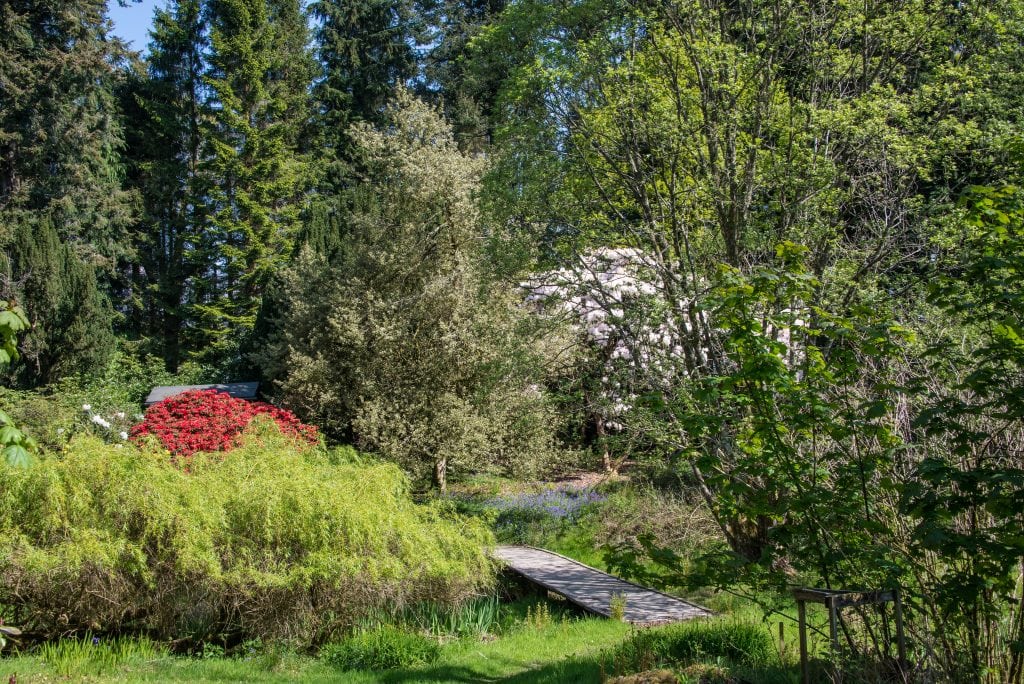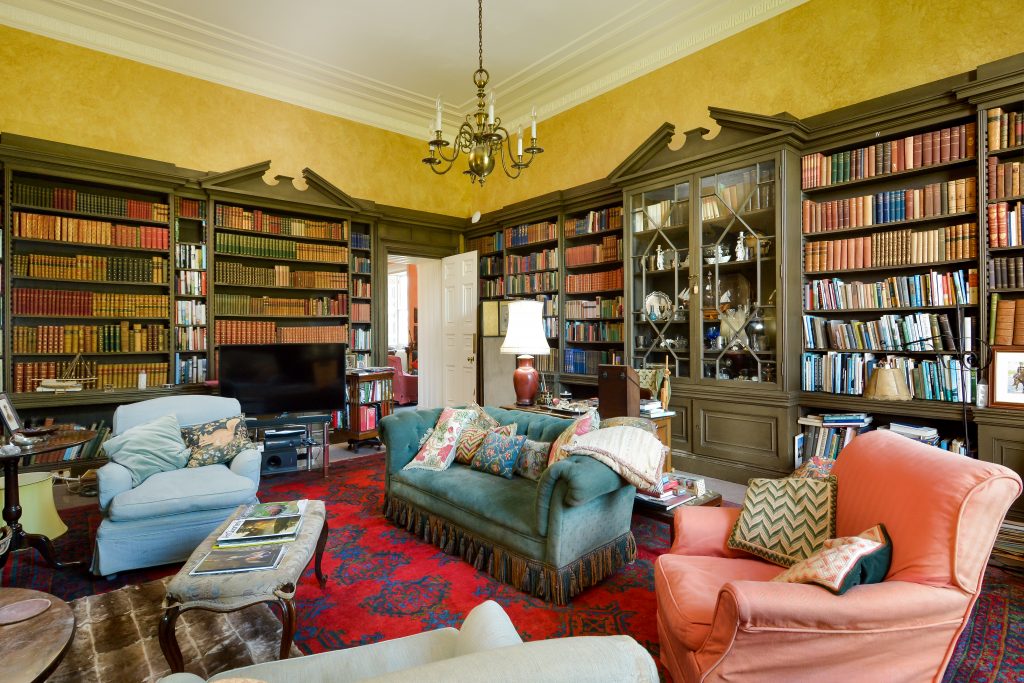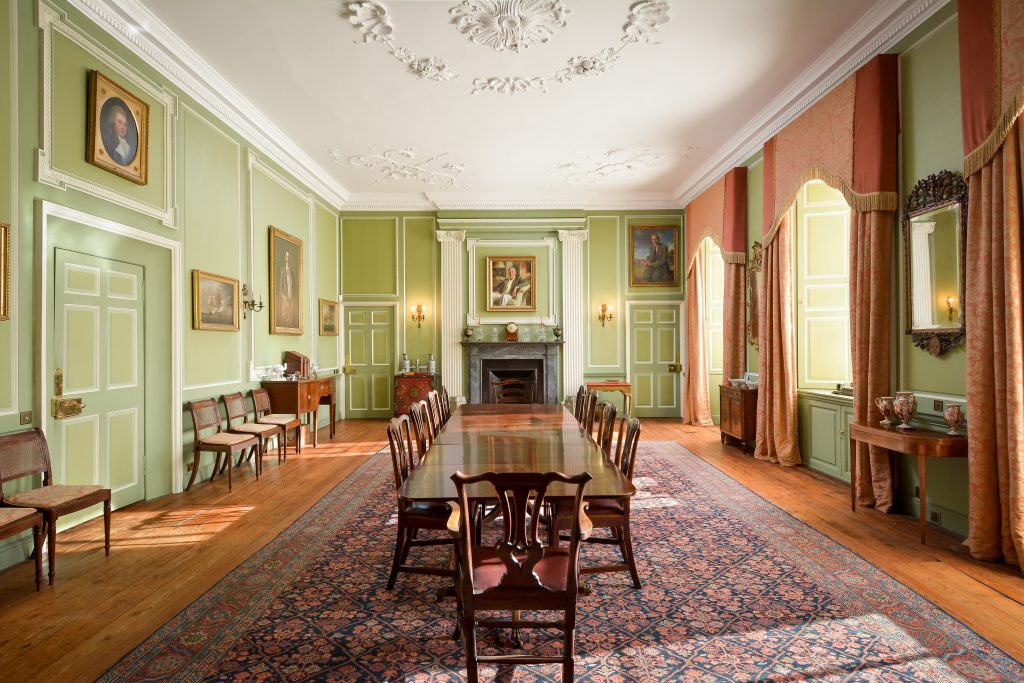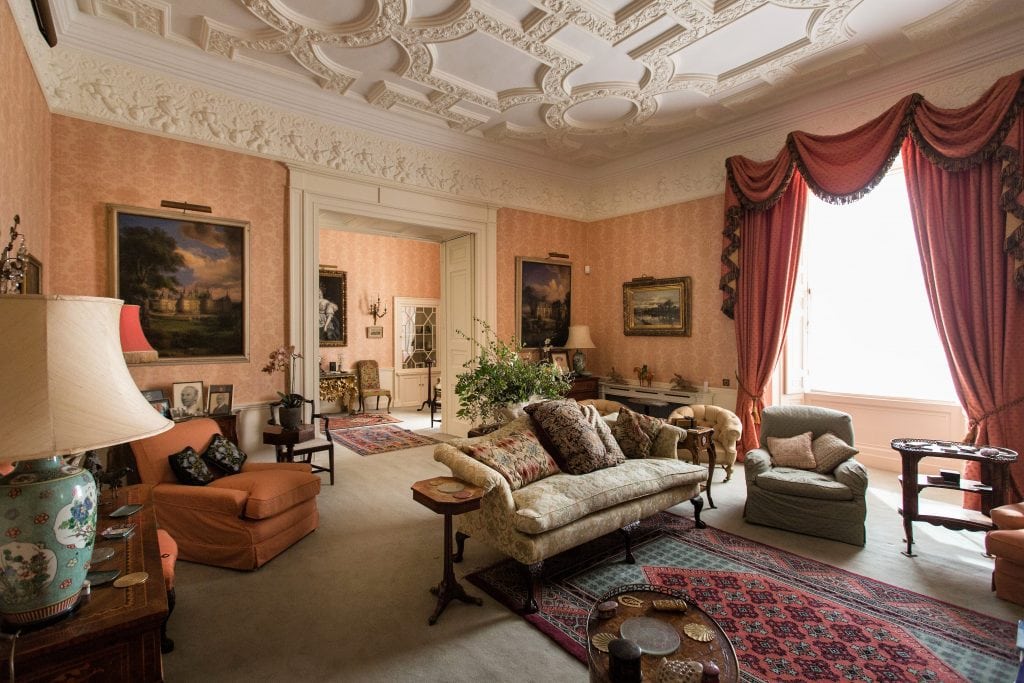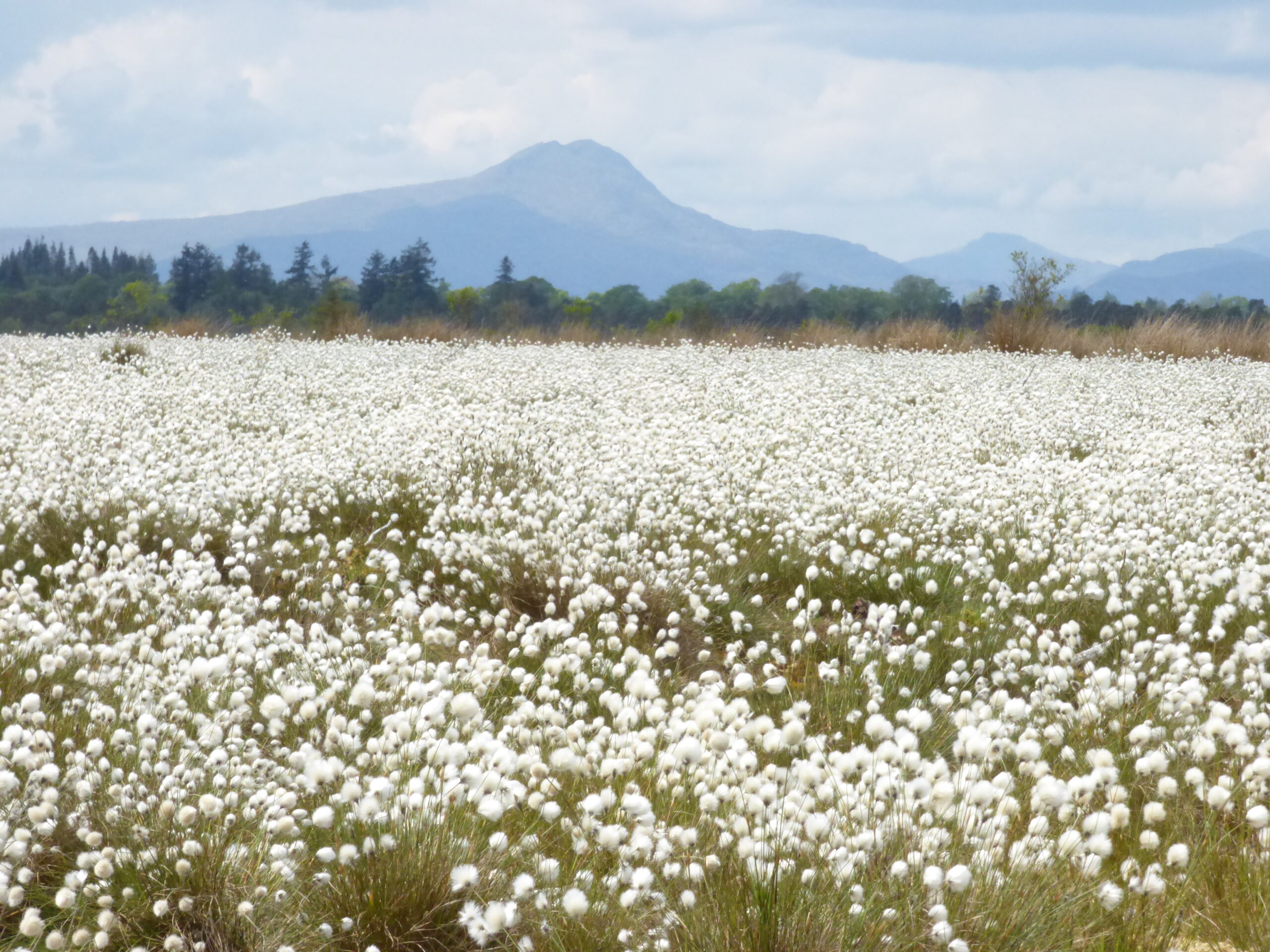THE ESTATE
Cardross prides itself on its community focus as well as being an enterprising place to work and destination for visitors to Scotland.
Its location provides the perfect base for a countryside getaway and exploring Scotland, with convenient access to Stirling, Edinburgh and Glasgow as well as the Highlands and both East and West coasts.
Being two miles south west of the Lake of Menteith, the only lake in Scotland, and situated on one of the few ridges of higher ground above the widespread marshy levels of Flanders Moss, in former times Cardross would have been a strategic site.
Set in fine oak parkland between the Lowlands and the Highlands, the estate occupies a commanding position above the River Forth with spectacular views in all directions.
To the north and west are the stunning Loch Lomond & Trossachs National Park, immortalised by Sir Walter Scott and many exciting periods in Scotland’s history. Ben Ledi and Ben Lomond rise on the skyline. To the South are the Carse of Stirling and then the Campsie Hills above the idyllic village of Kippen. On a clear day, views to the East of Stirling Castle and the Wallace Monument can also be seen.
Within the 4,500 acres of Cardross, there is a wonderful spring garden of rhododendrons, manicured lawns and hedgerows as well as a kitchen garden.
The estate’s forestry is a diverse mix of forests for timbre to ancient oak woods and a Pineatum, with an array of specimen pines from around the world.
Cardross is also home to five farms, a mix of arable and livestock, which have been home to families for generations.
